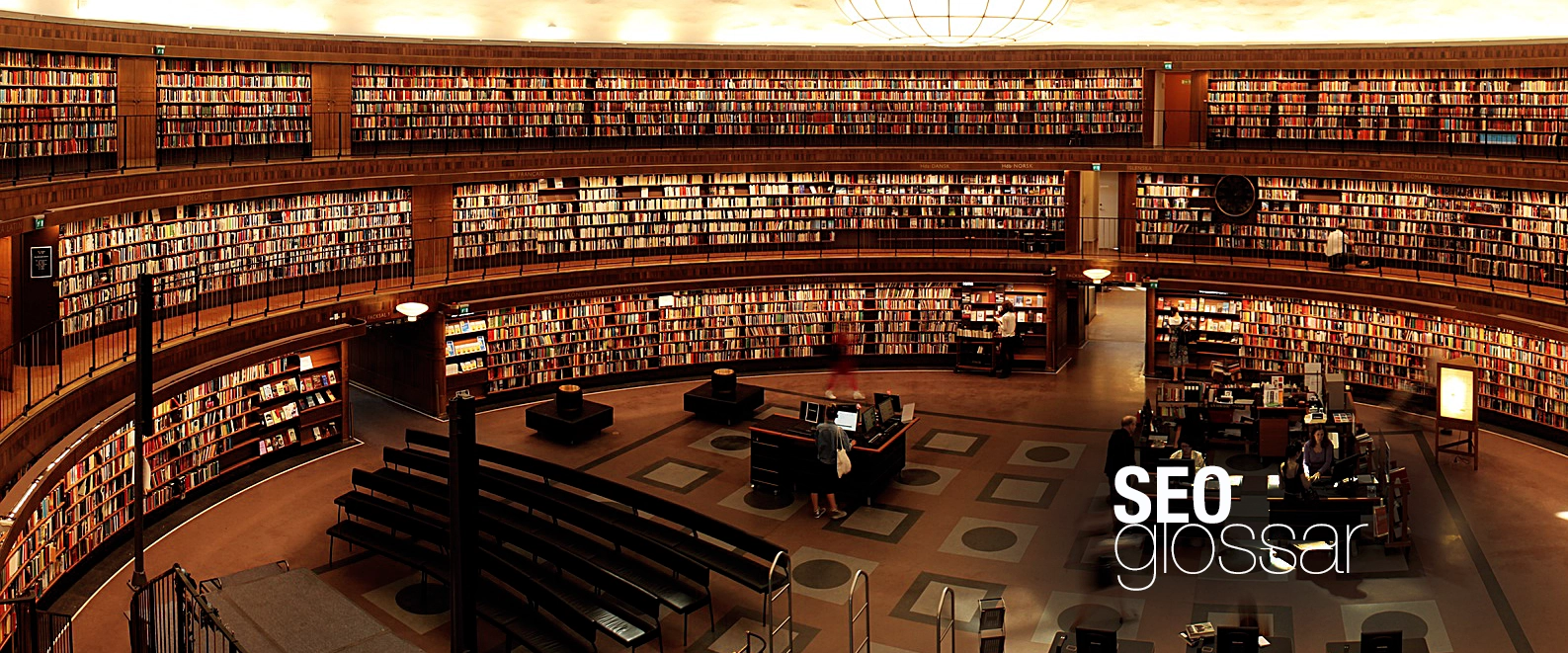
What is a Meta Description?
A Meta Description is a brief summary of a webpage's content that appears under the page's title in search engine results. This HTML attribute provides potential visitors with a snapshot of what to expect on the webpage before they click through. While not a direct ranking factor for search engines like Google, a well-crafted meta description can significantly impact a site's click-through rates (CTRs), making it a crucial component of SEO and user experience.
Why Are Meta Descriptions Important?
Improving Click-Through Rates:
A compelling meta description can entice users to click on a link, increasing the CTR from the search engine results pages (SERPs).
Enhancing User Experience:
By providing a clear summary of the webpage's content, meta descriptions help users decide whether the page will satisfy their search query.
Supporting SEO Strategies:
Though not a direct ranking factor, well-written meta descriptions support SEO efforts by improving relevance and engagement signals.
Best Practices for Crafting Meta Descriptions
To maximize the effectiveness of meta descriptions, consider these best practices:
- Length: Keep meta descriptions between 145-160 characters to ensure they are not truncated in search results.
- Relevance: Make sure the description accurately reflects the content of the page, using keywords naturally.
- Call to Action: Include a compelling call to action to encourage users to click through to your site.
- Uniqueness: Each page should have a unique meta description to avoid duplicate content issues and provide a specific value proposition for each page.
The Impact of Meta Descriptions on SEO
While meta descriptions themselves do not influence search engine rankings directly, their effect on user behavior can indirectly affect SEO performance. Pages with engaging meta descriptions tend to have higher click-through rates, which can signal to search engines that the page is valuable to users, potentially improving its rankings.
Optimizing Meta Descriptions for Better Performance
Effective optimization involves:
- Keyword Usage: Incorporate relevant keywords in a natural and meaningful way to match search queries.
- User Intent: Understand the user's intent and craft descriptions that promise to fulfill this intent.
- A/B Testing: Experiment with different descriptions for the same page to find the most effective wording for your audience.
- Monitoring Performance: Use analytics to track the impact of your meta descriptions on click-through rates and adjust strategies accordingly.
Incorporating these strategies into your SEO plan can enhance visibility, user engagement, and ultimately, site performance.
Explore more key Insights
Are you ready to go beyond basic SEO terms like keyword-research or page title? Dive into the world of SEO with our comprehensive Glossary.
Leadsleader, the online marketing agency specializing in SEO, SEO consulting, and digital marketing. We significantly enhance the visibility of your website in search engines and employ strategic digital marketing tactics to generate qualified leads.